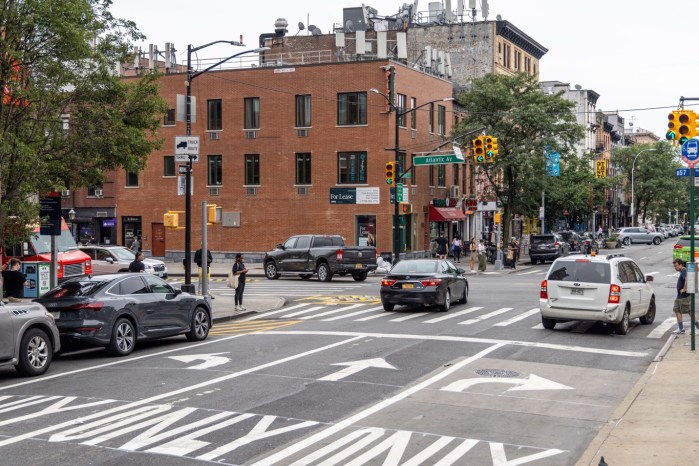This summer, the MTA will implement a phased partial shutdown of the G train to upgrade the outdated signals along the Crosstown Line.
The only subway route that doesn’t go through Manhattan and is known for its short trains, the G train will close in segments over several weeks starting this summer, the news site Greenpointers reported Monday, and an MTA spokesperson confirmed Tuesday to amNewYork Metro.
Back in 2022, the MTA inked a $368 million contract with the engineering consortium Crosstown Partners — composed of Long Island-based electric contractor TC Electric and French transit communications company Thales Group — to replace the G’s Great Depression-era analog signals with modern communications-based train control (CBTC).
When do the shutdowns start?
At a meeting with local elected officials, the MTA proposed a schedule that would shut down the line in phases starting on June 28.
On that date, the G would shut down between Court Square and Greenpoint Avenue until July 5. At that point, the G would shutter from Court Square to Bedford-Nostrand Avenues for six weeks until Aug. 12. Finally, from Aug. 12 to Sept. 2, the G would close from Bedford-Nostrand Avenues to Hoyt-Schermerhorn Streets.
G line service would be replaced by free shuttle buses during the shutdown. The schedule has not yet been finalized.
“The MTA is full speed ahead in the rollout of Communications-Based Train Control (CBTC) that will expand modern signaling and decrease headways throughout the transit system,” said MTA spokesperson Eugene Resnick. “We look forward to continuing engagement with communities across the G line to ensure CBTC installation is delivered efficiently with as little disruption to service as possible.”
What is CBTC?
CBTC is a wireless communications array that allows rail controllers to know exactly where a train is at all times, allowing trains to run at faster speeds and shorter headways.
CBTC has only been fully installed on two subway lines, the L and the 7; both lines experienced big jumps in speeds after being equipped with the new signals, and are now some of the subway’s most reliably on-time routes.
The MTA is also in the “final stages” of installing CBTC on the Queens Boulevard Line, which contains the E, F, M, and R lines in the World’s Borough, and is in the process of installing it on the A/C/E 8th Avenue Line in Manhattan and the F’s Culver Line in southern Brooklyn.
Another project to bring CBTC to the A/C/E’s Fulton Street Line in Brooklyn has been forestalled due to delays in implementing congestion pricing, the MTA said last year.
Lincoln Restler, the north Brooklyn City Councilmember who reps much of the G train corridor, said CBTC installation is a “vital investment” but argued the weekslong closure, including six weeks straight for the entire line in Greenpoint — which has few other transit options — would be tough for the local community.
“The G train is the lifeline for the Greenpoint community — with thousands of people depending on it every day to get to work and to keep local businesses thriving,” said Restler. “While the planned signal improvements are a vital infrastructure investment, a full shutdown of the G train in Greenpoint for six weeks would cause harm and disruption to our community. I’m urging the MTA to act nimbly and find alternative construction approaches.”























